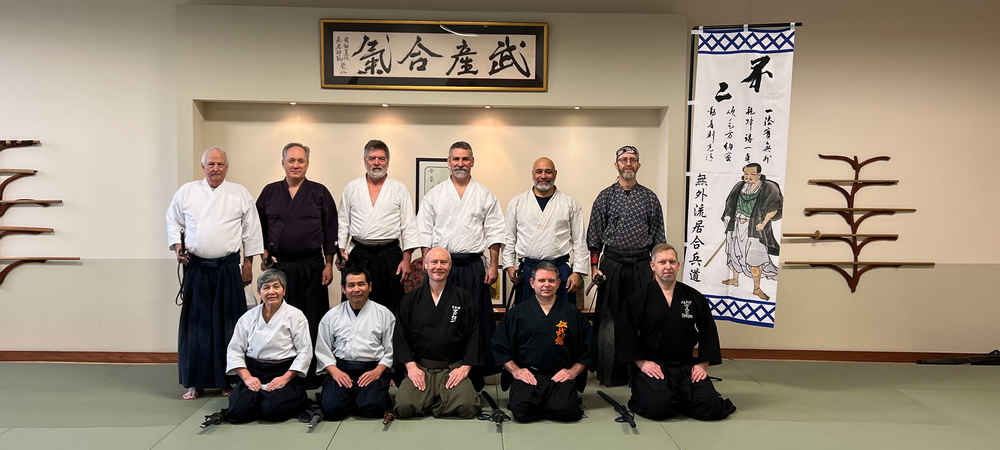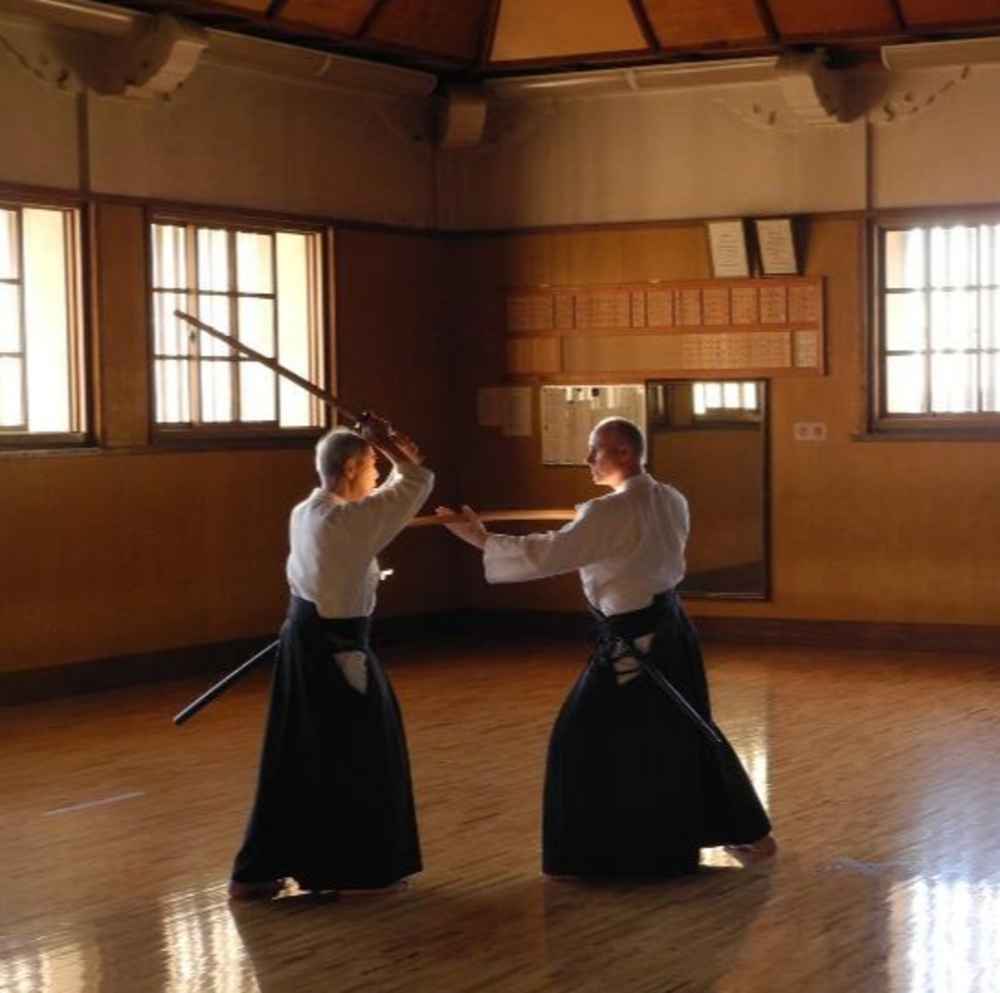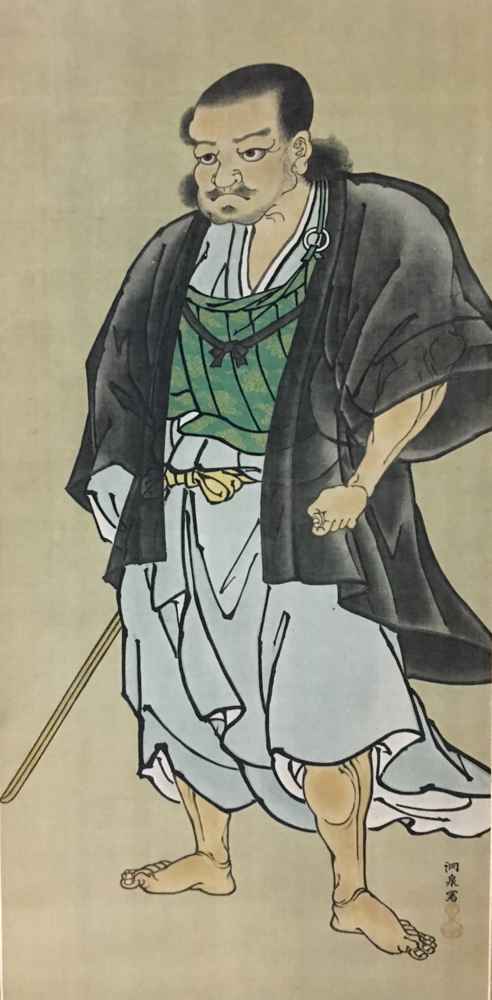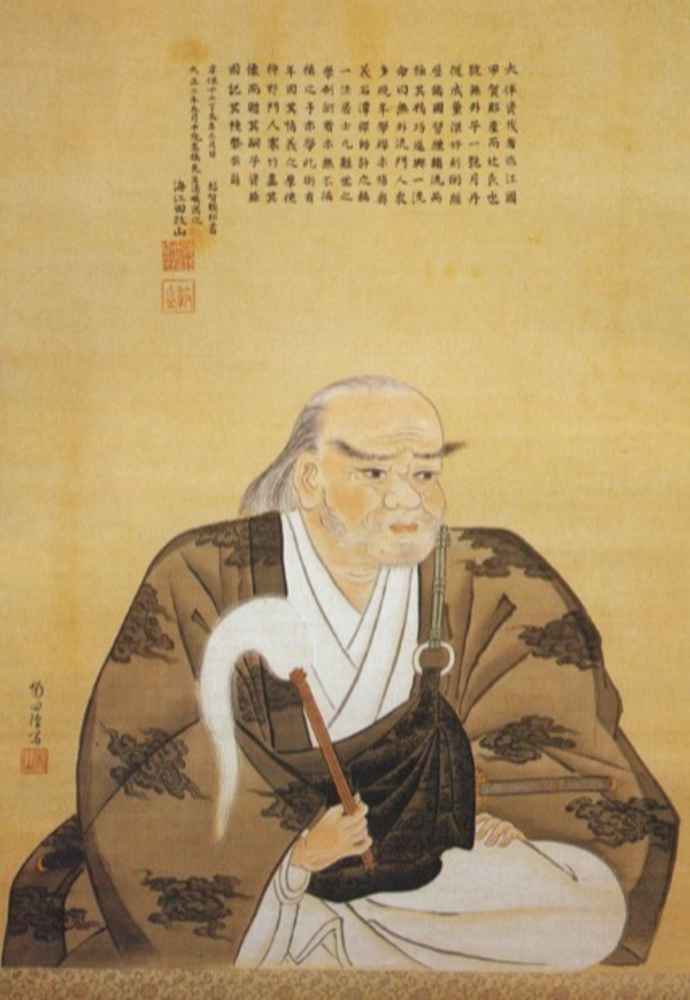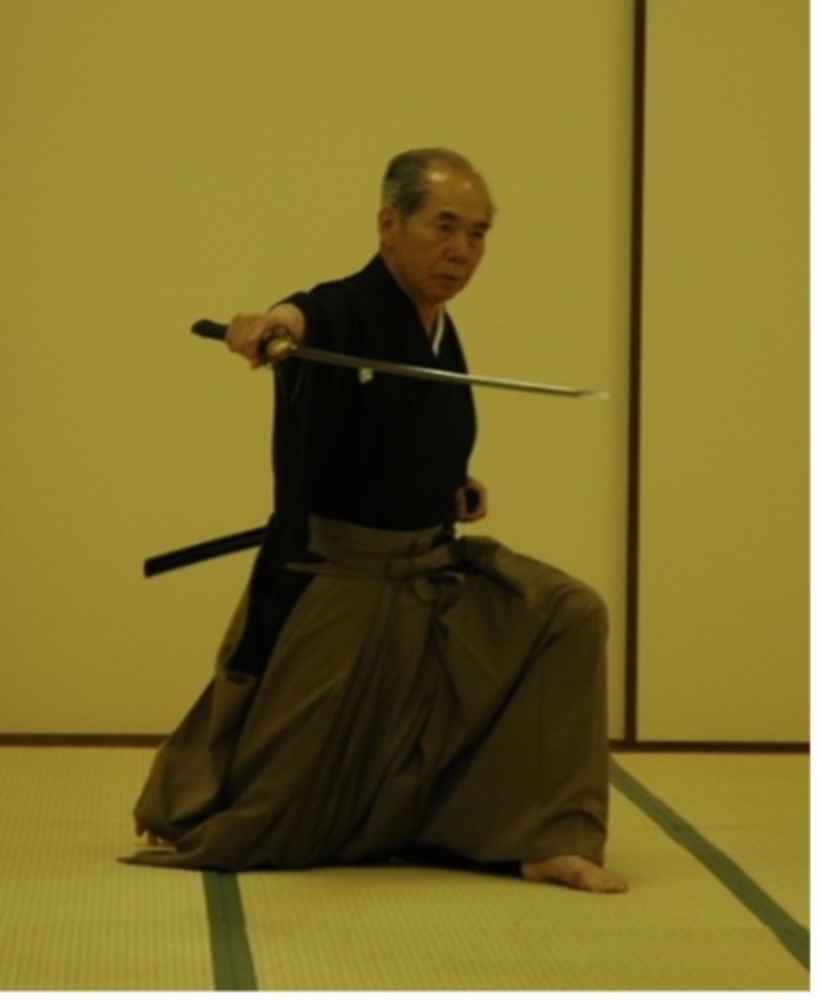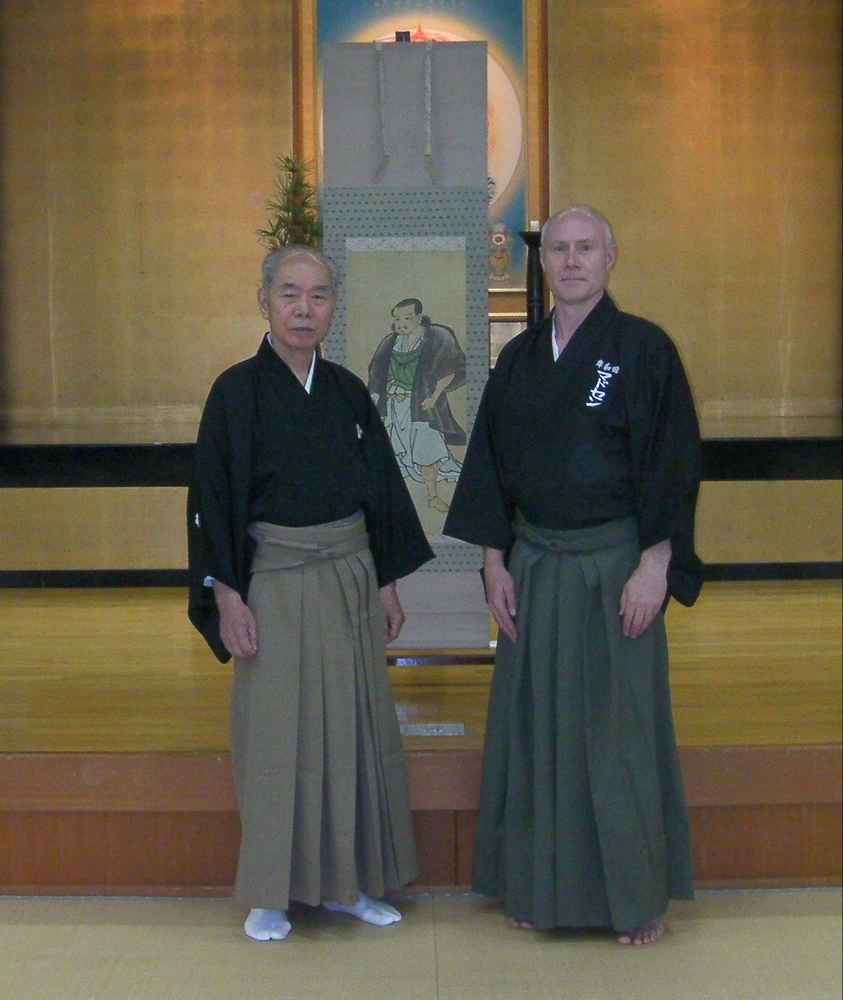Mugai-Ryu is a traditional, feudal-era form of swordmanship founded in the late 1600s by Tsuji Gettan Sukemochi (1648-1727). Tsuji Gettan was a goshi (“country samurai”) and when he was 13 he went to Kyoto to study Yamaguchi Bokushinsai’s Yamaguchi Ryu Kenjutsu.
At the age of 26 he was certified as a teacher of Yamaguchi Ryu, and he opened a Yamaguchi Ryu school in the Kojimachi district in Edo (old Tokyo). However, no one wanted to study under a young and unknown sword teacher from the countryside, so only a few students came to learn at his school. Gettan realized that he required more spiritual education, and so he went to study Zen and Chinese philosophy under the priest Sekitan at the Kyukoji Temple. After Sekitan passed away, Gettan continued his Zen practice under the second chief priest Shinshu, and at the age of 45 achieved enlightenment.
After his enlightenment and further intense studies of swordsmanship, he founded Mugai Ryu around 1693. The name "Mugai" was taken from a poem penned by Sekitan:
一法実無外 “Ippo jitsu Mugai” - (There is nothing but the one truth)
There is nothing except for absolute truth or the path to the truth. Everything is the reflection of this absolute truth.
乾坤得一貞 “Kenkon toku ittei” - (It is universal, constant)
As vast as Heaven and Earth may be, only the Way can create this single virtue and keep it steadfast and righteous.
吸毛方納密 “Suimo hono mitsu” - (The wind-blown feather truly obtains this secret)
This absolute truth, like a sword that is sharp enough to cut the fluttering feather, lives in our hearts.
動着則光清 “Dochaku soku kosei” - (To know harmony amidst confusion is to be illuminated)
If your heart moves so slightly, it is purifying like a shining light.
(interpretation by Omori Sogen Roshi, a prominent 20th century Zen master and exponent of Itto Ryu Kenjutsu and Mugai Ryu Iai)
Due to twenty years of spiritual dedication, Gettan was known not just as a master of the sword, but also as an enlightened philosopher and scholar, and his work Mugai Shinden Kempō Ketsu is recognized as a superb and unique book in Japan’s martial arts literature for its depth, flowing style and elegant composition. At Kyukoji Temple he was often in contact with many powerful lords of the time, including Sakai Kageyu Tadataka, lord of the feudal Umayabashi clan, and the lord of the Tosa clan, Yamanouchi Toyomasa. Gettan was invited to teach at the two powerful lords’ houses, but being a restless spirit he sent his top students instead: his blood relative (nephew) and second master of Mugai Ryu, Tsuji Uheita, to the Sakai house in Maebashi (later Himeji), and his adopted disciple and third master of Mugai Ryu, Tsuji Kimata Sukehide, to the Yamanouchi house of the Tosa clan. Both Uheita and Kimata Sukehide as well as other senior students of Gettan taught several other clans at their residence in Edo. The primary line which has survived up to the present day though runs through the Sakai clan in Himeji, and was passed down through several generations of the Takahashi family—sword teachers at the Himeji castle.
As a sword master and Zen disciple, Gettan felt that the sword and Zen were inseparable, as he explained in his seminal writing on the true meaning of Mugai Ryu. Any student who wanted to learn Mugai Ryu from him had to first become a proficient student of Zen before Gettan would teach them the sword.

